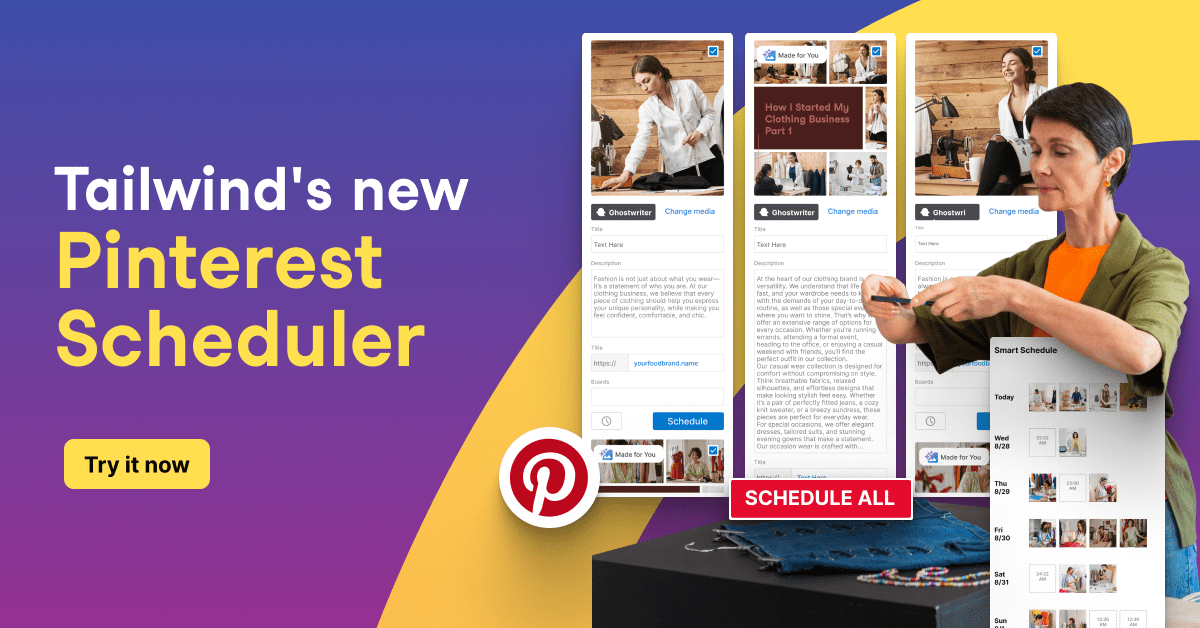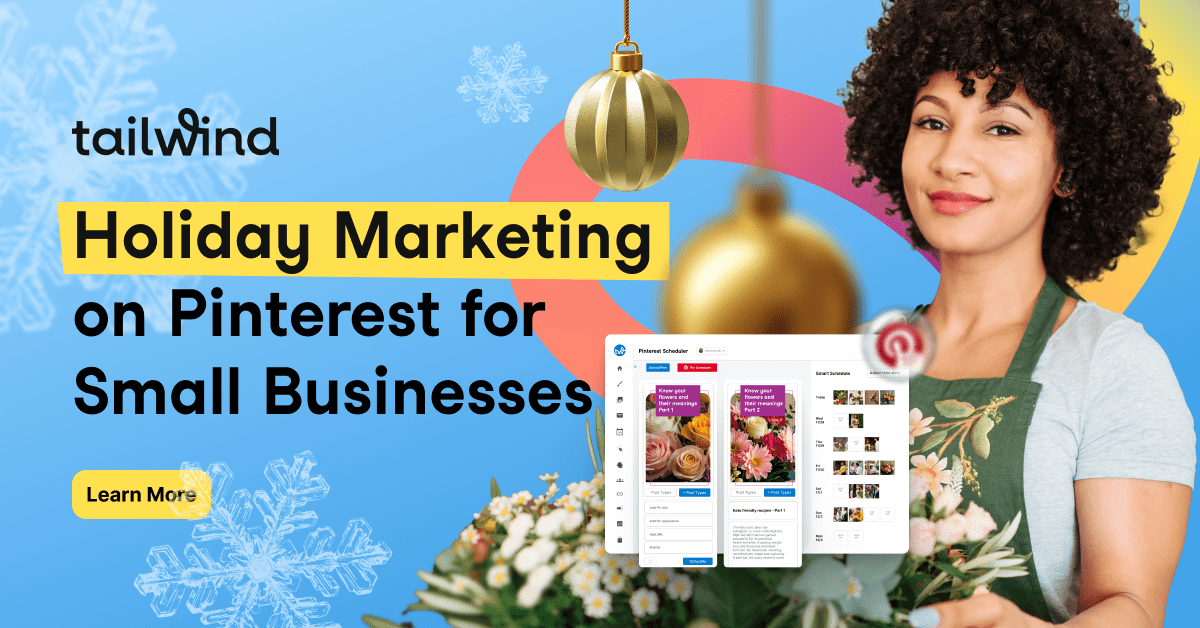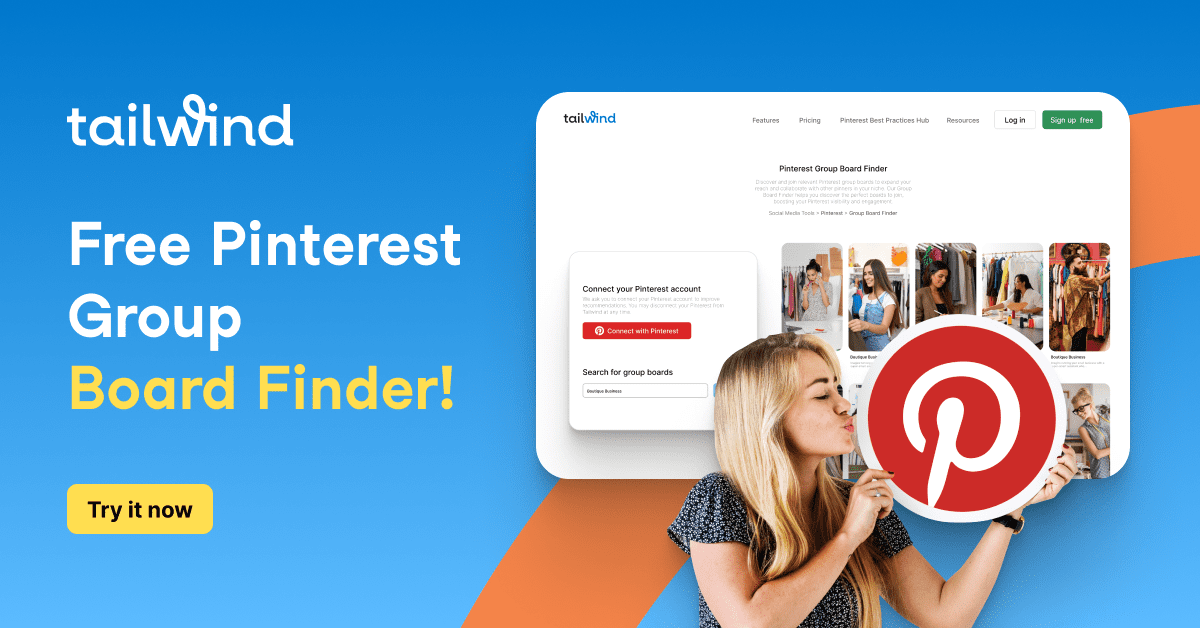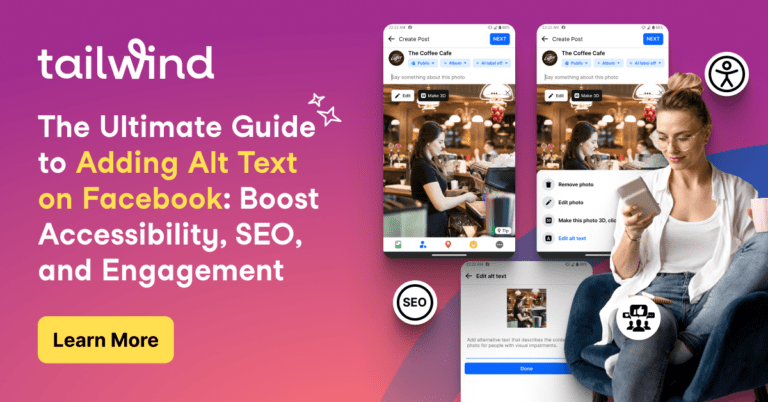Like Twitter and Facebook before it, Pinterest has a sordid past with spammers. Learn why Pinterest spam is so prevalent and how you can help.

A few weeks ago, I received an email from Stephen, a Dublin based technology & digital marketing consultant, asking why Pinterest was stripping his Amazon affiliate links. Because this was a question I didn’t know the answer to – and one I hadn’t yet looked into – I began digging and found what turned into an interesting look at Pinterest’s fight against spam. From the spammer who made thousands of dollars off of Pinterest users, to the everyday annoyance of a spam-ridden group board, the fight against Pinterest spam has been an uphill battle.
The Hay-Day of Spammers
Ever since it’s 2010 launch, Pinterest has been seen as an easy target by spammers. With help from spam-bots (which are sadly readily available for purchase online) spammers were able to pin thousands of fake links everyday. While spamming may seem pointless to most of us on the site, spammers can make serious cash for their efforts. In March of 2012, one spammer told The Daily Dot that he was making “$1000 a day, and out of his thousands of spambots, Pinterest… only deleted one.” Thanks to affiliate programs through sites likes Amazon, thousands of spammers flooded Pinterest, seeing it as a simple target for fast cash.
How Pinterest is Trying to Stop Spam
Seeing spam as a growing problem, Pinterest rolled out their blocking and reporting feature in October of 2012. This gave users the power to help Pinterest in their fight against spammers. Since the release, users can report someone based on various conditions, including spam. After a pin or user is reported, Pinterest will check it out and delete the account and the pin if they go against Pinterest’s terms of service.
Although Pinterest has had a sorted past with their own affiliate links, the site also implemented Amazon affiliate link stripping in the hopes of deterring spammers from taking over. This means that when someone pins from their affiliate site, Pinterest will remove their affiliate ID from the pin URL. While the pin will still take the user to the item featured, it will no longer give the affiliate credit for the purchase. Although link stripping does make a spammers job more difficult, it also makes honest affiliates jobs – like Stephen’s – harder.
How You Can Help
So long as the Internet exists, there will be spammers. However, you can help Pinterest in their fight against the spammers. As mentioned above, you can report both pins and pinners to Pinterest when you see spammy activity to help their spam-spotters know who to target. Spammers often like to target group boards, so if you have a group board and notice spammers are starting to take over, go ahead and throw them off the board (and then report them, of course). It’s also a good idea to have a system in place for users to join your group board. You can require them to email you, Tweet at you, Facebook you, etc. with their Pinterest username so you know that they are 1. a real person, and 2. serious about joining your boards for the right reason.
Can you think of other ways to help fight spam on Pinterest? Let us know in the comments!




